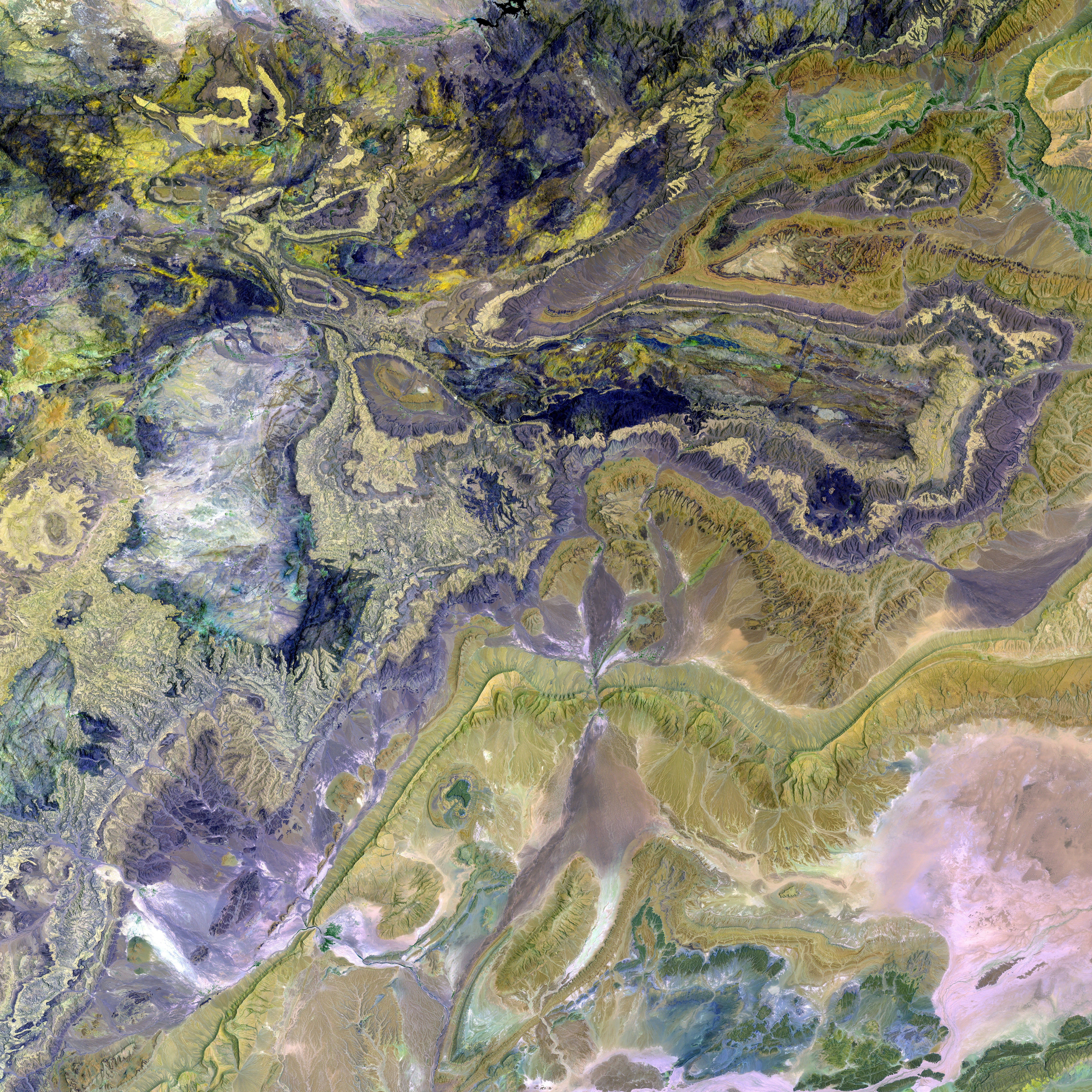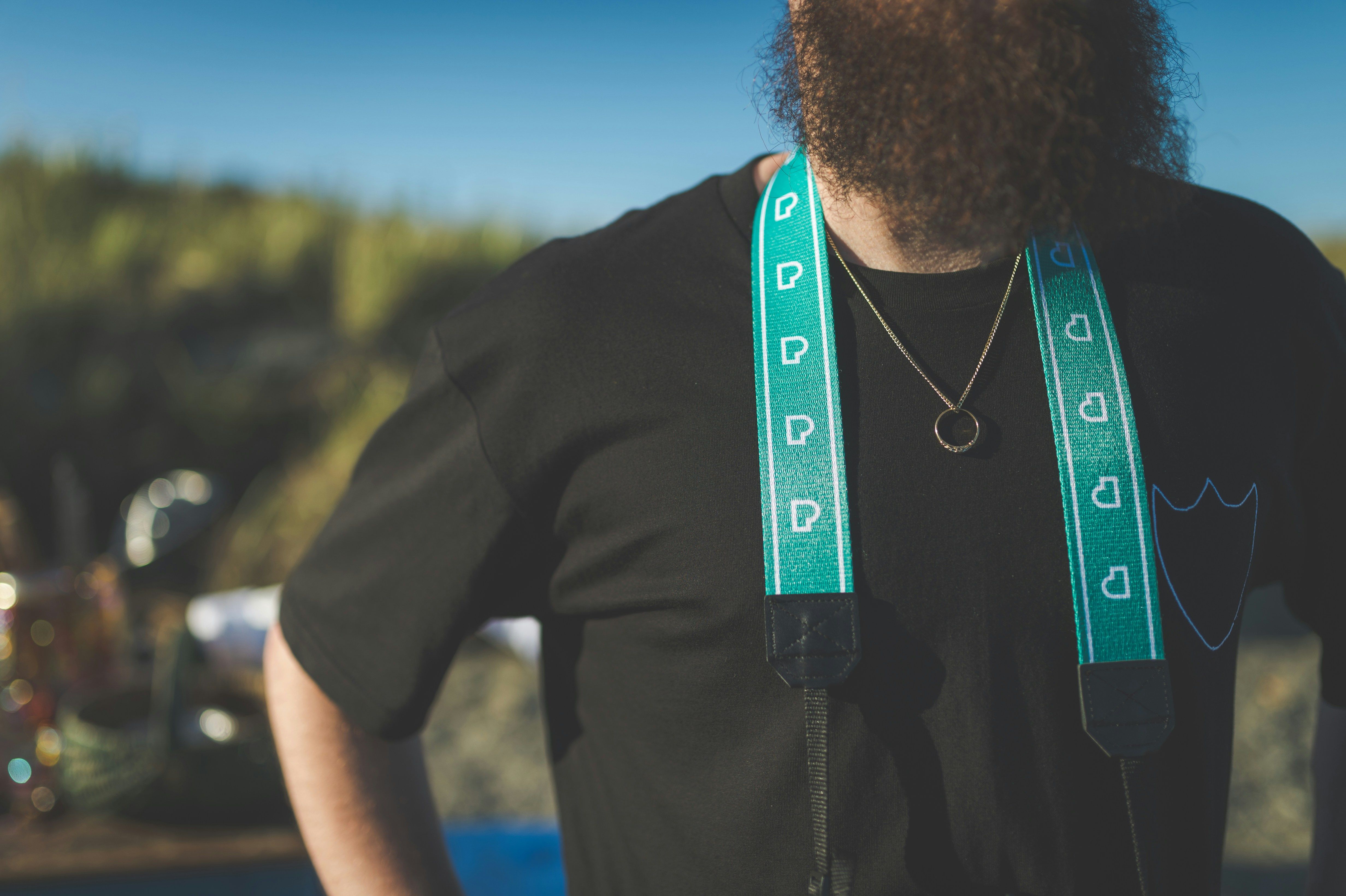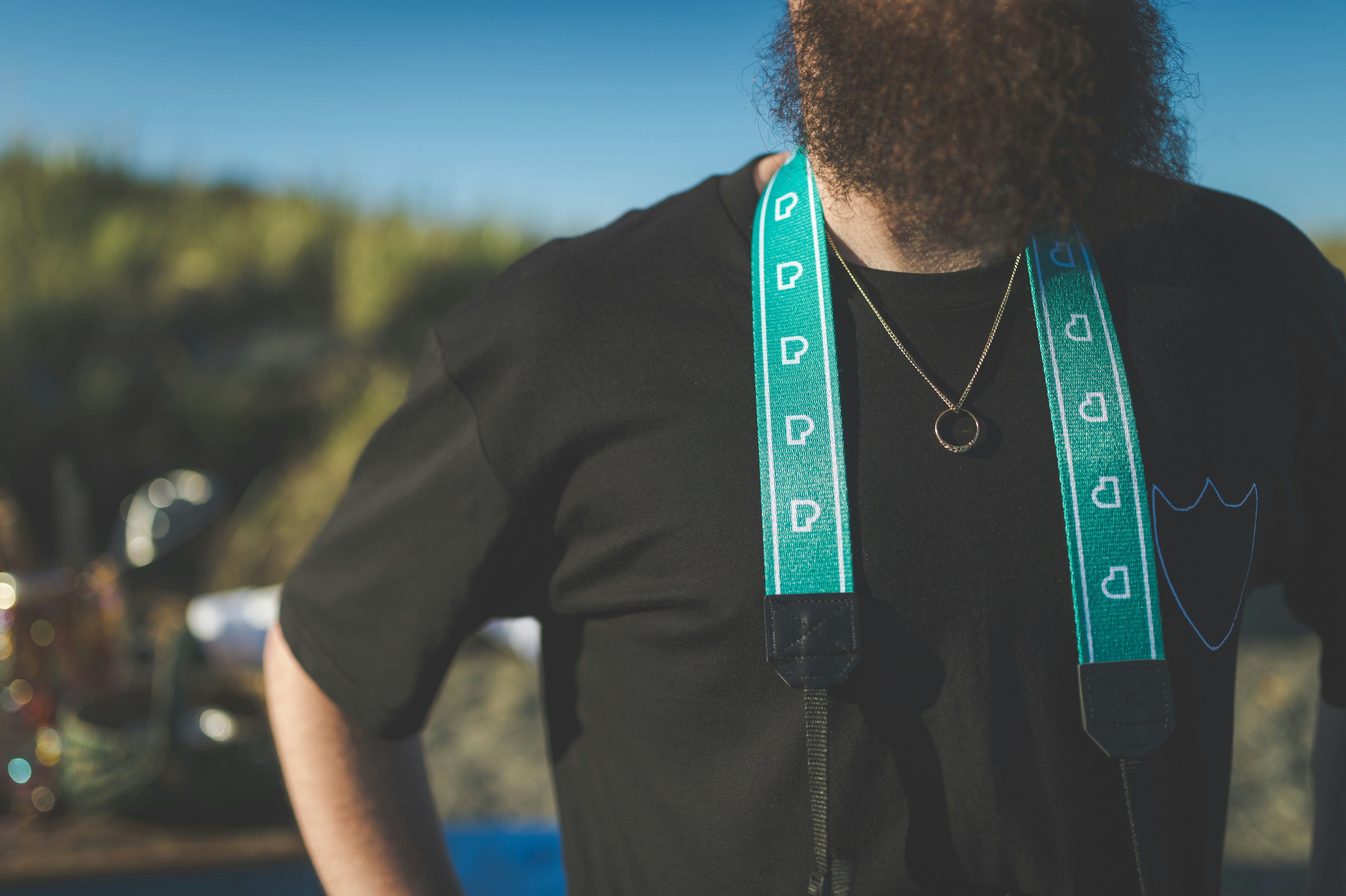"Nabiullina issues caution to Russians with bank deposits and loans: Prepare for tighter financial conditions"
May 25, 19:55
A Decade-High Interest Rate Hike and Its Wide-Ranging Implications
In a move that has raised concerns across various sectors, the Central Bank of Russia opted to maintain its key rate at a record high of 21% in March 2025. This decision, which comes after a decade, signals a significant shift in financial behavior for individuals and businesses, affecting loan costs, deposit yields, and prices.
The Necessary Response to Economic Pressures
Central Bank Governor Elvira Nabiullina explained that the steep hike was a crucial measure in response to several factors besieging the economy:
- Runaway Inflation: Inflation surged to 9.5% in 2024, eroding the population's purchasing power.
- Elevated Inflation Expectations: The ongoing worry among citizens and businesses about further price increases has prompted hoarding of goods.
- Budget Expansion: Government spending, including military programs, has swelled the money supply.
- Currency Weakness and Wage Growth: The weakened ruble and near-zero unemployment have triggered an overheated demand. Domestic production struggles to meet this demand.
These trends have necessitated a tighter monetary policy. The primary goal is to curb inflation and tame businesses' and citizens' heated expectations.
The Struggle of Borrowers in a High-Interest-Rate Environment
The increased key rate has had an immediate impact on the lending market:
- Exorbitant Loan Costs: Consumer and mortgage loans now cost 30-40% per annum, posing a critical challenge to many families and businesses.
- Deeper Corporate Woes: Corporate loans, particularly those with floating rates, have become exorbitantly expensive. Many companies are now compelled to find alternative financing sources or revise their development plans.
- Decreased Access to Loans: Banks have tightened their lending requirements, and monthly payments for new borrowers have increased by 30-50%.
Financial experts caution potential borrowers to carefully assess their financial abilities and not rely on rate reductions in the coming months.
A Silver Lining for Depositors
Although borrowers are feeling the pinch, there is a positive side for depositors: deposit yields have also soared:
- Boosted Deposit Yields: In 2025, banks are offering annual interest rates of up to 23-25% on ruble deposits, reviving savings habits.
- Preservation of Savings: Deposits now serve as a way to shield savings from inflation and mitigate rising prices.
- Long-Term Rate Lock-ins: Financial advisors encourage depositors to lock in favorable rates for longer terms to protect against potential rate cuts once the situation stabilizes.
Safeguarding Your Family Budget
Here are some tips to help protect your household budget amidst the high-interest-rate environment:
- Postpone Non-Essential Purchases: Delay major purchases, as prices on durable goods may remain high.
- Select Long-Term Fixed-Rate Deposits: This approach can maintain profitability even if central bank policy changes.
- Diversify Your Investment Portfolio: Distribute your capital across deposits, bonds, and more defensive instruments.
The Year Ahead: Predictions and Challenges
Experts anticipate that high interest rates will continue until at least mid-2025, gradually easing thereafter to roughly 17-18%. However, an overly restrictive policy could lead to an economic slowdown and a series of business bankruptcies. The bank's primary objective remains reducing inflation to 4% by 2026, striking a balance between risks to the economy.
Sources:[1] Bank of Russia (2025).[2] FocusEconomics (2025).[3][4][5] Various economic forecasters (2025).
In this high-interest rate environment, the cost of consumer and mortgage loans has increased significantly, posing a challenge for many families and businesses (finance). Businesses, particularly those with floating rate corporate loans, are now compelled to seek alternative financing sources or revise their development plans (business). On the other hand, the boosted deposit yields may provide a silver lining for depositors (personal-finance). To safeguard household budgets, individuals can consider postponing non-essential purchases, selecting long-term fixed-rate deposits, and diversifying their investment portfolios.







